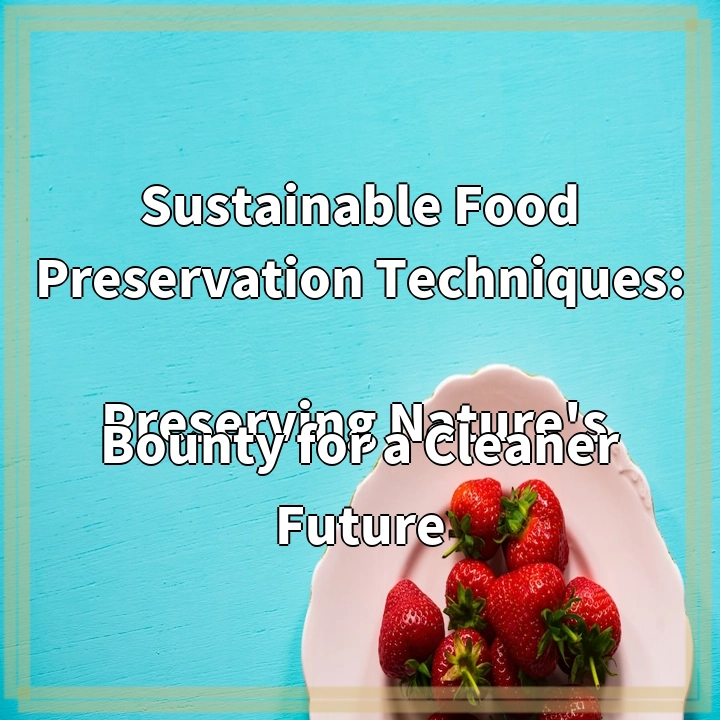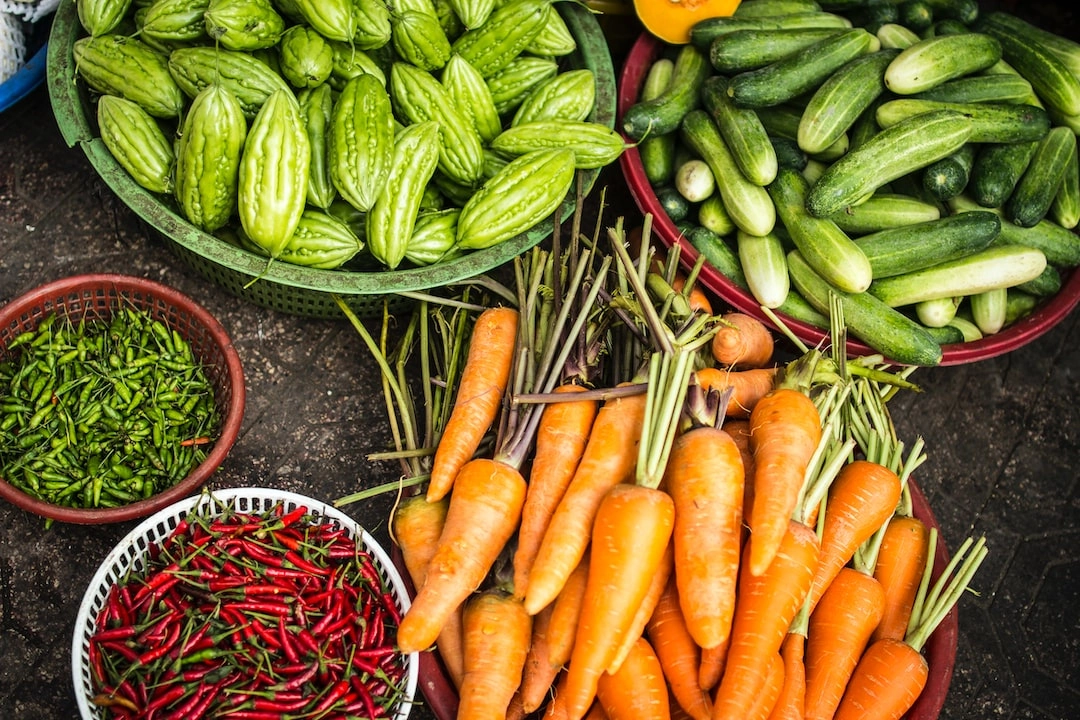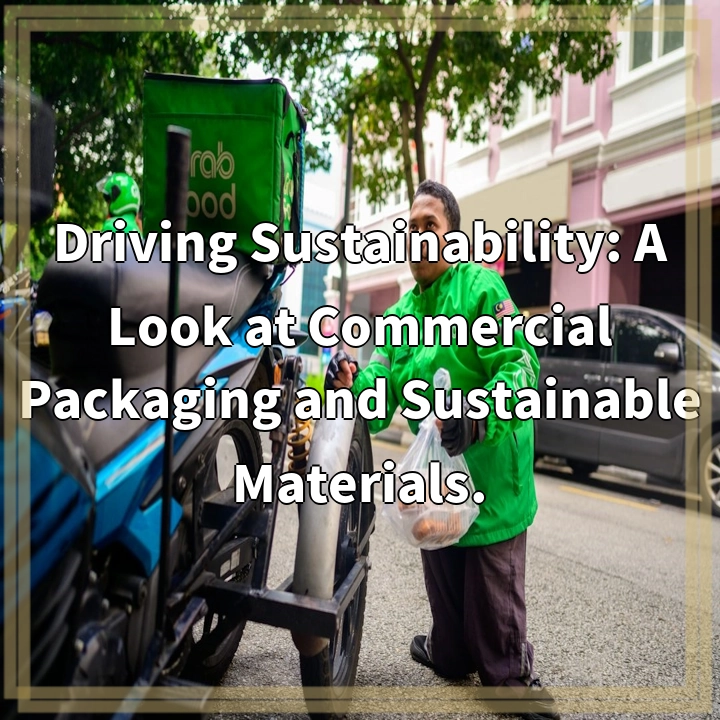
What is Sustainable Food Preservation?
Food preservation is a time-honored practice that ensures the availability of nutritious meals even when fresh produce is not in season. In the context of sustainability, however, we aim to adopt methods that minimize waste, reduce energy consumption, and mitigate environmental impacts. Sustainable food preservation techniques prioritize long-term resource efficiency and promote a cleaner future.
Real-World Problems Associated with Sustainable Food Preservation
Dwindling Resources
As the global population continues to grow, so does the demand for food. This puts significant pressure on resources such as water, energy, and land. Traditional food preservation techniques often involve high energy consumption, large quantities of water, and extensive use of chemical additives. These unsustainable practices strain already limited resources and exacerbate resource scarcity.
Food Waste
Food waste is a major issue worldwide, contributing to both economic and environmental concerns. Improper preservation methods or inadequate infrastructure often lead to food spoilage, and much of this wasted food ends up in landfills, releasing harmful greenhouse gases as it decomposes. Sustainable food preservation techniques play a crucial role in reducing food waste and its associated negative impacts.
Loss of Nutritional Value
Conventional food preservation methods, such as canning or freezing, can sometimes result in the loss of nutritional value. High heat used during canning can degrade certain vitamins, while prolonged freezing can alter the texture and taste of food. Sustainable food preservation techniques aim to minimize nutrient loss and preserve the quality of food while extending its shelf life.
Environmental Impact
Many traditional food preservation methods rely on the use of harmful chemicals and excessive packaging materials. These can contribute to pollution and have negative impacts on ecosystems. By adopting sustainable food preservation techniques, we can reduce the use of chemicals, minimize waste from packaging, and limit our overall environmental footprint.

Summary: Solutions for Sustainable Food Preservation
1. Energy-efficient Techniques
Implementing energy-efficient food preservation techniques can significantly reduce the environmental impact. This includes methods such as solar drying, which utilizes sunlight to remove moisture from food, reducing the need for electricity. Using energy-efficient appliances and optimizing temperature and humidity control in storage spaces are also important factors.
2. Minimalistic Packaging
Minimizing packaging waste is crucial for sustainable food preservation. Using eco-friendly and biodegradable materials, as well as adopting minimalist packaging practices, reduces the overall environmental impact. It is important to prioritize packaging that is recyclable, reusable, or compostable, and to encourage customers to choose unpackaged or bulk options whenever possible.
3. Natural Preservatives and Alternatives
Replacing chemical preservatives with natural alternatives not only reduces the potential health risks associated with synthetic additives but also minimizes environmental harm. Using ingredients like vinegar, salt, and spices can help extend the shelf life of foods without compromising taste or quality. Exploring traditional preservation practices such as fermentation can also be an effective and sustainable option.
4. Improved Infrastructure and Distribution
An efficient and reliable infrastructure plays a vital role in sustainable food preservation. Establishing proper cold chain systems for transportation and storage helps minimize food waste and maintain product freshness. Additionally, investing in community-based food preservation projects and supporting local and regional food networks can improve access to preserved foods while reducing the carbon footprint associated with long-distance transportation.
5. Consumer Education and Conscious Choices
Empowering consumers with knowledge about sustainable food preservation and its benefits is crucial. Educating individuals about proper storage techniques, labeling, and understanding expiration dates can help reduce food waste. Encouraging consumers to embrace seasonal eating, support local farmers, and make conscious choices when purchasing preserved foods can create a more sustainable food system.















